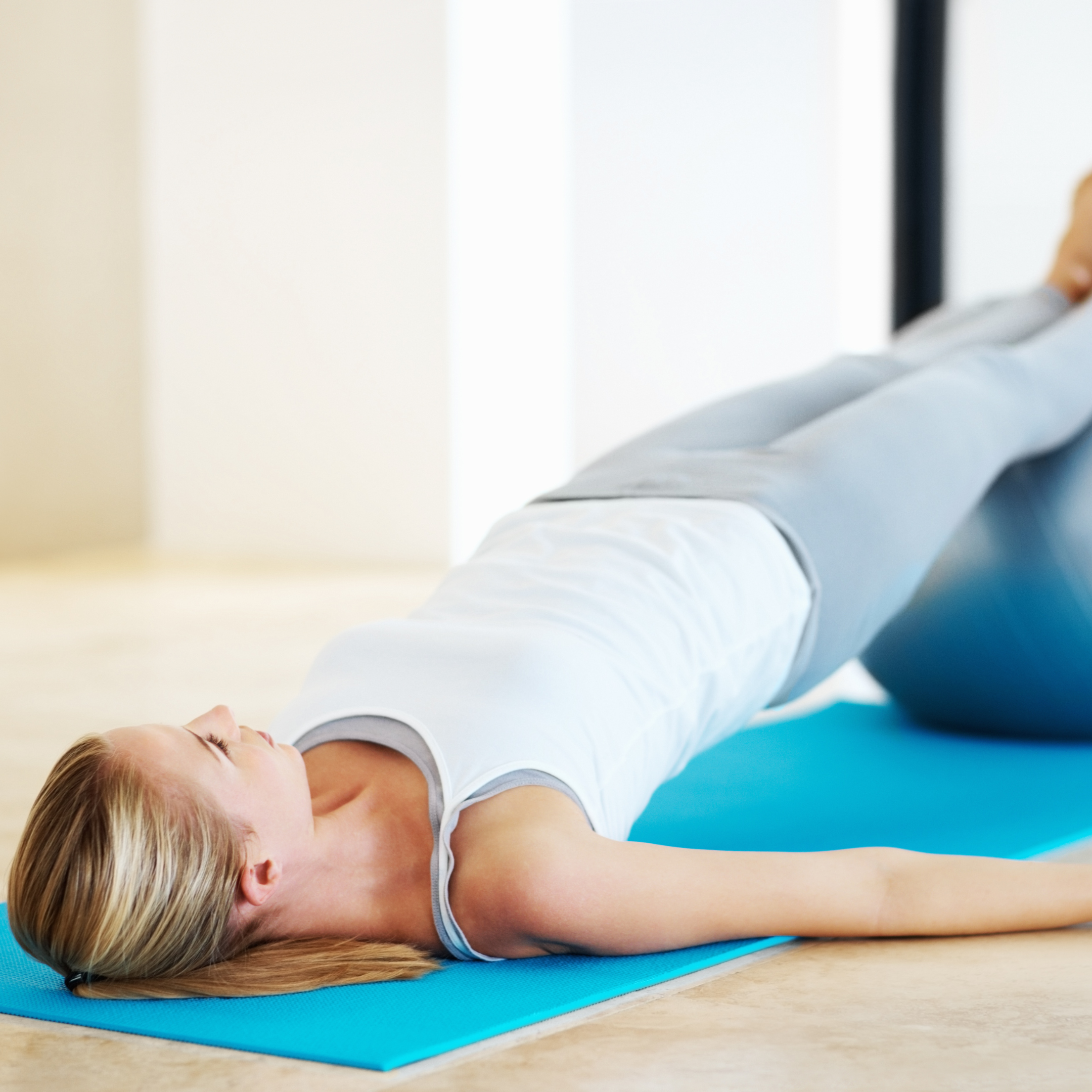Anxiety is one of the most common challenges people face today. Whether it shows up as racing thoughts, tension in the body, or difficulty concentrating, it can interfere with daily life. While there are many approaches to managing stress, one of the simplest and most effective tools is already within us: the breath.
This article explores how conscious breathing works, why it helps with anxiety, and practical techniques you can use anytime, anywhere.
Why Breathing Affects Anxiety
Breathing is directly connected to the nervous system. When we feel anxious, our breathing usually becomes shallow and fast, signaling the body that something is wrong. This triggers the “fight or flight” response, releasing stress hormones that make anxiety worse.
But when we intentionally slow down and deepen our breath, the opposite happens. We activate the parasympathetic nervous system, which tells the body: It’s safe, you can relax. This simple act can reduce heart rate, lower tension, and calm racing thoughts.
The Science Behind Conscious Breathing
Research shows that controlled breathing has measurable effects on the body and mind. Benefits include:
- Lower blood pressure and heart rate
- Increased oxygen delivery to the brain
- Reduced stress hormone levels
- Improved focus and clarity
- A sense of calm and control
Unlike many strategies, conscious breathing is free, requires no equipment, and can be practiced almost anywhere.
Simple Breathing Techniques for Anxiety
There are many breathing exercises, but here are some of the most effective and easy to practice:
1. Box Breathing
- Inhale slowly through the nose for 4 seconds.
- Hold the breath for 4 seconds.
- Exhale gently for 4 seconds.
- Hold again for 4 seconds.
Repeat this cycle for 1–3 minutes.
This method is popular among athletes and professionals because it quickly restores focus and calm.
2. 4-7-8 Breathing
- Inhale through the nose for 4 seconds.
- Hold the breath for 7 seconds.
- Exhale slowly through the mouth for 8 seconds.
This exercise is especially helpful before sleep or during moments of high stress.
3. Diaphragmatic Breathing
- Place one hand on your chest and the other on your stomach.
- Inhale deeply through the nose, letting the stomach rise while keeping the chest still.
- Exhale slowly through the mouth.
This type of breathing engages the diaphragm fully, sending a strong relaxation signal to the body.
4. Alternate Nostril Breathing
- Close the right nostril with your thumb.
- Inhale through the left nostril.
- Switch, closing the left nostril with a finger.
- Exhale through the right nostril.
- Inhale through the right, switch, and exhale through the left.
This technique balances the nervous system and is excellent for moments of mental imbalance.
Integrating Breathing Into Daily Life
The beauty of conscious breathing is that it doesn’t require a special setting. You can integrate it naturally into your daily routine:
- Before a meeting or exam – take a few deep breaths to ground yourself.
- During work breaks – use box breathing to refresh your focus.
- At bedtime – try 4-7-8 breathing to prepare for rest.
- In traffic or long lines – practice diaphragmatic breathing to stay calm.
By connecting with your breath regularly, you train your body to respond more calmly to stressful situations.
Breathing and Mindfulness
Conscious breathing is also the foundation of mindfulness practices. By paying attention to the rhythm of your breath, you anchor yourself in the present moment. This reduces overthinking and helps shift attention away from worries about the past or future.
Small Steps, Big Impact
It’s important to remember that breathing exercises are not about eliminating anxiety completely. Instead, they provide tools to manage it more effectively. Each time you practice, you strengthen your ability to remain calm under pressure.
Consistency is key. Even just a few minutes a day can bring long-term improvements to mental balance.
Final Thought: Breath as a Natural Anchor
Your breath is always with you—constant, free, and powerful. In moments of anxiety, it can serve as an anchor, pulling you back to calmness and stability. By practicing conscious breathing regularly, you develop a reliable way to handle stress and build emotional resilience.








